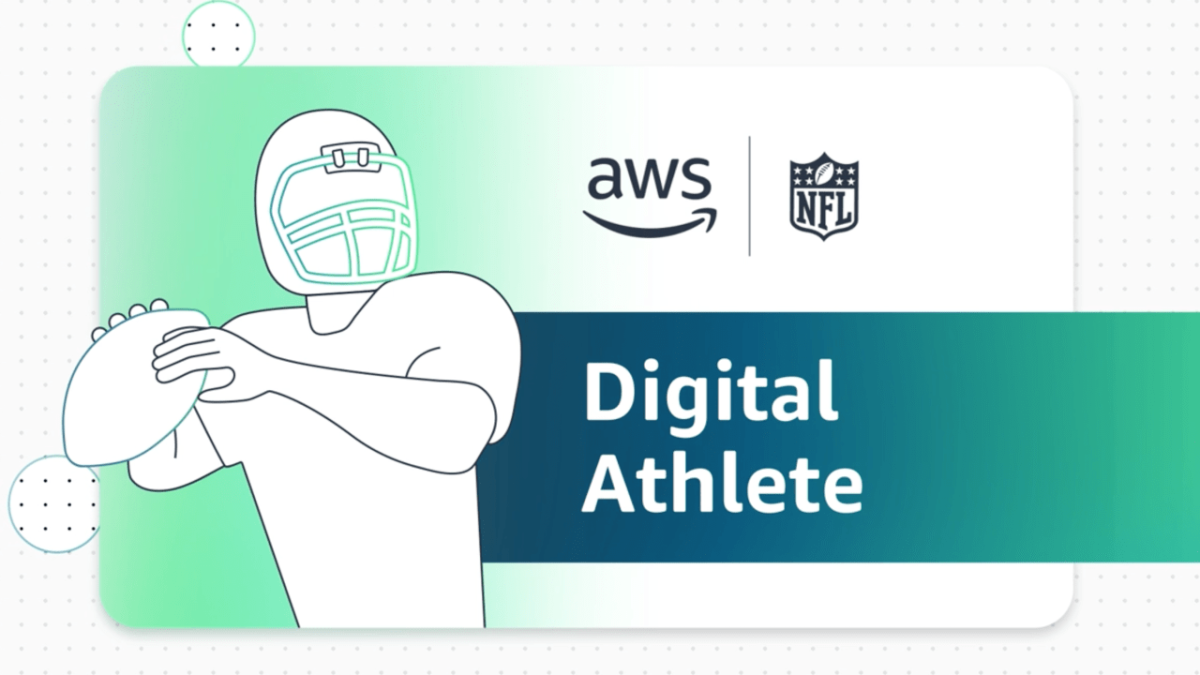Tapestry, Explore, Leverage, Delve, Testament, Dynamic, Captivate, Landscape…
What do these words have in common?
For those of us who have used ChatGPT as a text generator, these words may sound quite familiar. They are part of the advanced, and sometimes repetitive, vocabulary ChatGPT often use when generating an answer to a prompt (unless prompted to specific language requirements). While it may enhance the perception of a text, it makes it quite easy to detect if it is AI-generated.
Generate a CV, email, or ask ChatGPT to enhance your writing, I’m sure one of these words will appear at least once!
For those non-native English speakers like me, this may cause quite the dilemma. Personally, I use ChatGPT in my everyday life, I use it to generate emails, holiday itineraries, meal ideas, career guidance, etc. Therefore, I see and read AI generated text almost every day.
I often find myself repeating new English words I encounter – consciously or subconsciously – , as it is how I learned English in the first place! So, the first time I saw the word “tapestry” in an AI-generated response, I thought it was brilliant! I looked up its general meaning, its synonyms, and antonyms. Thereafter, “tapestry” was part of my vocabulary. The same process occurs when I read books, articles or any media – if I pick up new words from those sources, there are no consequences. But if GenAI vocabulary is used in your own writing, will it be detected as AI-generated?
GenAI detection tools attempt to find the author’s personality in a text, by examining stylometric features – such as vocabulary richness. Although your academic ideas are well-researched, and presented in your own writing, the text might include GenAI vocabulary without you even realising.
Will this become an issue in terms of GenAI detection tools being introduced around universities? Let me know what you think!
References:
Browne, S. (2024, April 30). These are the words ChatGPT loves to use. Retrieved from LinkedIn: https://www.linkedin.com/pulse/words-chatgpt-loves-use-sarah-browne-7msfe/
AI detection tools: the challenge of today’s digital age. (n.d.). Retrieved from Contadu: https://contadu.com/ai-detection-tools-the-challenge-of-todays-digital-age/#:~:text=AI%20detection%20tools%20rely%20on,than%20text%20written%20by%20humans


